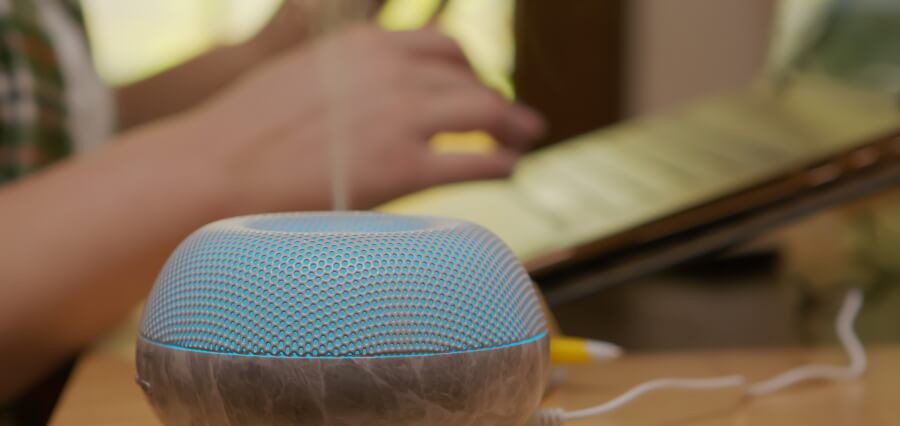Acoustic foam has become increasingly popular for its ability to reduce unwanted noise and improve sound quality in various spaces. From recording studios to home theatres, acoustic foam is commonly used to absorb sound waves and prevent echoes and reverberation.
But does this foam work as well as it claims?
Yes, acoustic foam effectively controls and manages sound waves within confined spaces. The most important reason why this material is priceless is that it absorbs, disperses, and disseminates sound energy to achieve the best sound performance for different applications.
Understanding How Acoustic Foam Works
As far as controlling sound waves is concerned, the efficiency of acoustic foam is dependent on its cellular structure, which converts sound into heat through friction and viscous losses.
When an acoustic foam acts as a barrier between the wavefront and open space, the porous surface causes the wave to traverse through pores/cavities inside the material.
As the sounds follow these pathways, they encounter resistance from air molecules entrapped within the foam’s structure. In other words, vibrational energy is changed into thermal energy, thus reducing the overall noise level in a treated room.
The effect is especially pronounced at higher frequencies where absorption is higher since the porous structure quickly absorbs mid-range high-frequency sounds, too. Hence, it enhances the dissipation area and eventually improves overall sound-absorbing properties.
Recording studios have come to consider the use of acoustic foam of utmost importance because it aids in the production of high-quality sound. Placing acoustic foam panels on walls, ceilings, and other reflective surfaces would minimise unwanted reflections/echoes.
Therefore, less post-production editing will be required, while the clarity and audibility of recorded audio are also enhanced. Many recording engineers/musicians observed that using acoustic foams can help them achieve the cleanest-sounding analogue recordings.
These rooms depend on accurately reproducing sounds with minimal distortion due to reflected waves during immersion. To successfully use such kinds of settings, one will require acoustic foam that controls and absorbs echoes that may arise from resonance or any other cause.
The improvement in audio quality achieved through using appropriate materials like acoustic foam strategically placed on walls and ceilings, among other surfaces, makes it more exciting and accurate to the viewers and listeners, hence answering the question, “does acoustic foam really work?”
Acoustic foam significantly enhances speech clarity and reduces ambient noise in various business settings, including conference rooms and offices. By absorbing excess sound, acoustic foam diminishes reverberation, ensuring the speaker’s words are articulated clearly during presentations, discussions, or talks. This leads to improved productivity and better communication.
Also, it has been found that acoustic foam is effective for audio applications, against industrial pollution, and when creating safe working spaces where noise exposure could occur due to industrial processes. Placement of such materials strategically close to heavy machines or sources of loud noise reduces the total decibel level in the whole building.
Several studies and confirmations have confirmed how effective acoustic foam can be in manipulating sound waves. Researchers have also done evaluative studies using untreated rooms compared to others with the foam, which were measured for parameters such as time of reverberation, sound pressure levels and speech intelligibility.
In essence, whenever this material is installed correctly and integrated within an enclosure, there are always substantial improvements in these acoustical measures.
In Conclusion
Acoustic foam is a valuable solution for managing sound waves and creating a suitable audio environment. Its unique cellular structure effectively absorbs and dissipates sound energy, reducing echoes and reverberations in enclosed spaces. This makes it an essential tool for recording studios, offices, conference rooms, and industrial settings.
With the proper placement of acoustic foam, one can improve the overall sound quality, productivity, and communication in any environment. So, to answer the question, “Does acoustic foam work?” The answer is a resounding yes!


